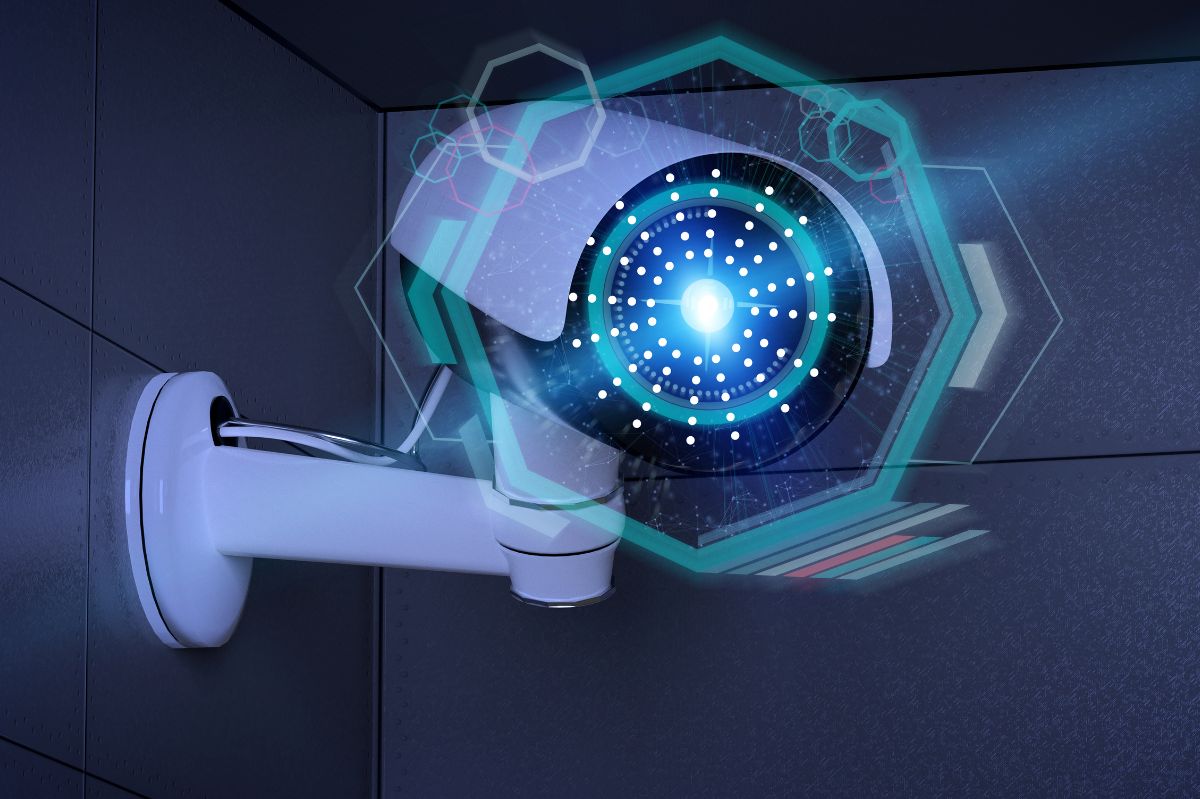Anti-Intrusion, Artificial intelligence is becoming increasingly popular in all market sectors. Even in those that, by tradition and technology, are linked to the more “physical” aspect, today they have to deal more and more with a “mind” given to things in order to manage the required functionalities better.
As we will see in this article, it is also the case of anti-intrusion, perhaps the segment most solidly anchored to sensors, barriers, and so on, which in recent years, on the other hand, has learned to find great benefits and areas of application, thanks to artificial intelligence.
Let’s start with a very trivial example. Any site is in a dark place or surrounded by vegetation or, again, extremely isolated. How to protect it from possible intrusions? How to understand if there has been a true alarm or, as often happens, a false one? Of course, video cameras, the eye of a modern anti-intrusion system, have been added to traditional sensors for some time. Still, the traditional ones, in the cases described above, are, in many cases, blind or, in any case, have little sight.
And here comes a series of devices that we have come to know, in these dark pandemic times, for detecting temperatures or gatherings: thermal imaging cameras. These, in fact, are not disturbed by external agents and do not need light because they detect the so-called emissivity,
Table of Contents
Deep Learning
Artificial intelligence’s real “heart” is a technology usually combined with thermography and has an already evocative name: deep learning. Thanks to special algorithms, it is able to manage data and images so that the system becomes capable of learning and putting into practice an important aspect of what it has learned.
Translated into practice and always in reference to video analysis, it means that it is possible, for example, to distinguish, in the case of anti-intrusion, the entry of a human being. At this point, an immediate – and motivated – alarm goes off to the operator, but, at the same time, dissuasive strategies can also be implemented, such as example, flashing or a warning through the same speaker as the camera.
ROI and Integration
Even from the point of view of ROI, if thermal cameras are more expensive than optical cameras, there is no doubt that much less is needed to protect the same stretch of perimeter: in fact, to activate the anti-intrusion procedures, the object or the person doesn’t need to be very close or in any case within range of the traditional target.
Furthermore, with modern integration technologies, thermal imaging cameras can become a real alarm system, which means the ability to control, and see the situation in real-time and in a holistic way, even through the APPs of mobile devices. And this argument can obviously apply to both the private house and the colossal photovoltaic park, passing through museums, office buildings, and more or less sensitive sites.
“Smart” anti-intrusion
There are not only thermal cameras, of course, in the anti- intrusion panorama “Smart .”Valid for retrofits, and not only, today there is special software that can transform a traditional video surveillance system into an active system, able, therefore, through the same devices that, perhaps, are already in the field, to view the intruders, discriminate alarms and integrate with other access control systems.
Logically, the basis of everything is a truly “smart” video analysis capable of isolating the most relevant events and providing operators with a complete overview of alarms. To limit ourselves to the most common events that can occur in the anti-intrusion, how many people have been detected, if they have weapons, the recognition of the car model, and so on. The most common AI-based video analytics found in perimeter security are:
- Outdoor-optimized human and vehicle monitoring generates far fewer false alarms than simple motion detection or pixel modification.
- Automatic license plate recognition (ALPR), which simplifies operations and the generation/reporting of records.
- Facial recognition can be used as part of 2-factor authentication systems for high-security facilities.
And the data!
We have mainly talked about video, but artificial intelligence can also be applied to the other sensors’ data to identify models that must or must not generate the alarm, thus avoiding all the “false positives” that have always been represented. A big problem in the management of the burglar alarm.
Conclusions
We started from the outside, from the perimeter, and not by chance; if we consider that, according to a study by Inkwood Research (www.inkwoodresearch.com), the global perimeter market will grow, in 2026, to 38.5 billion dollars. But, again, according to industry experts, it should be this 2022 that marks a turning point in the use of artificial intelligence in all sectors of the security market.
Unfortunately, the conditional is a must because put behind, or learned to live with, the pandemic, perhaps also exploiting the technologies that have been put in place for health reasons, now we have to deal with another tragedy that certainly economics analysts could not predict: war, which forces us more and more to stay in the field of hypotheses.
Also Read : How Will The Cloud Computing Market Evolve From 2022-23?







